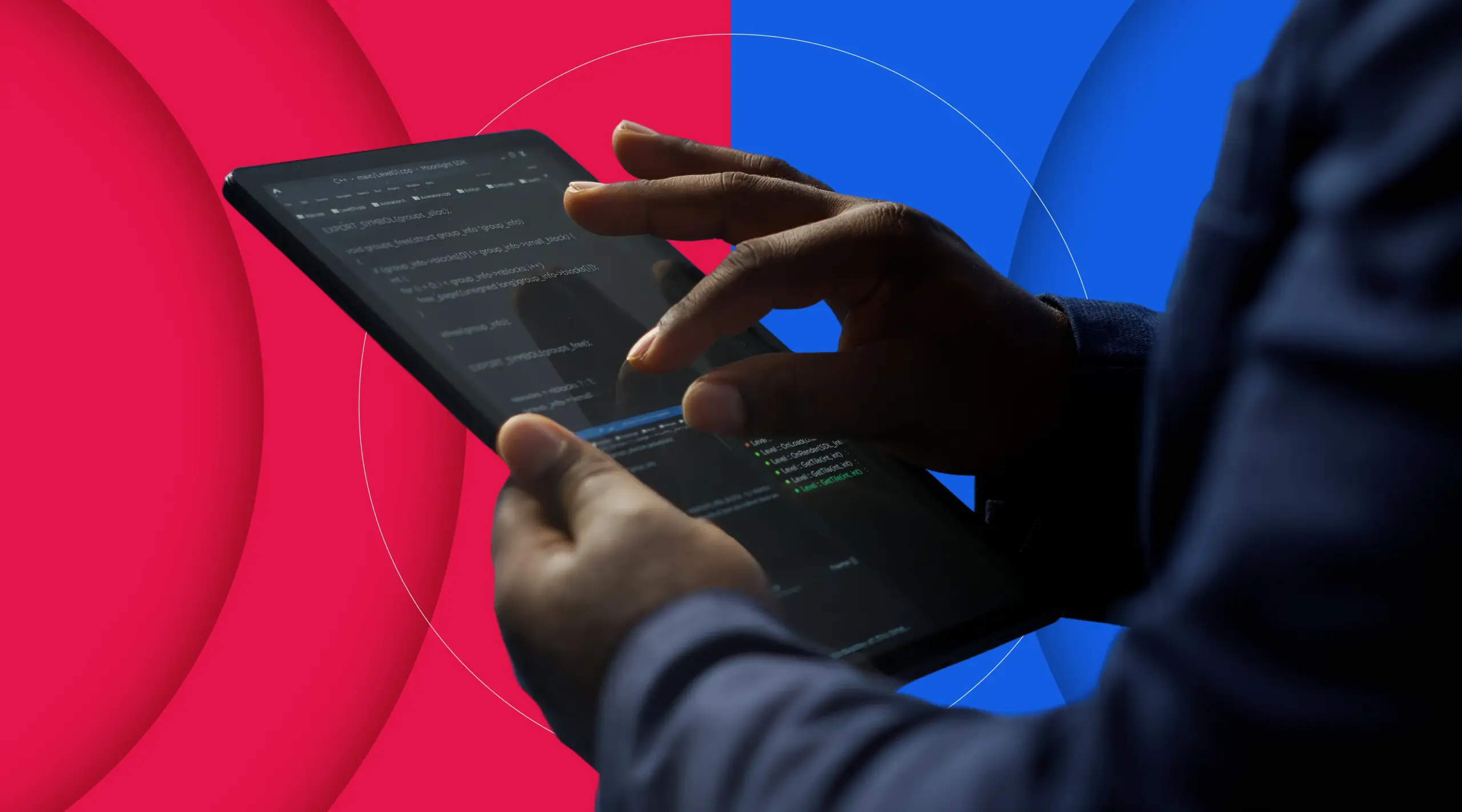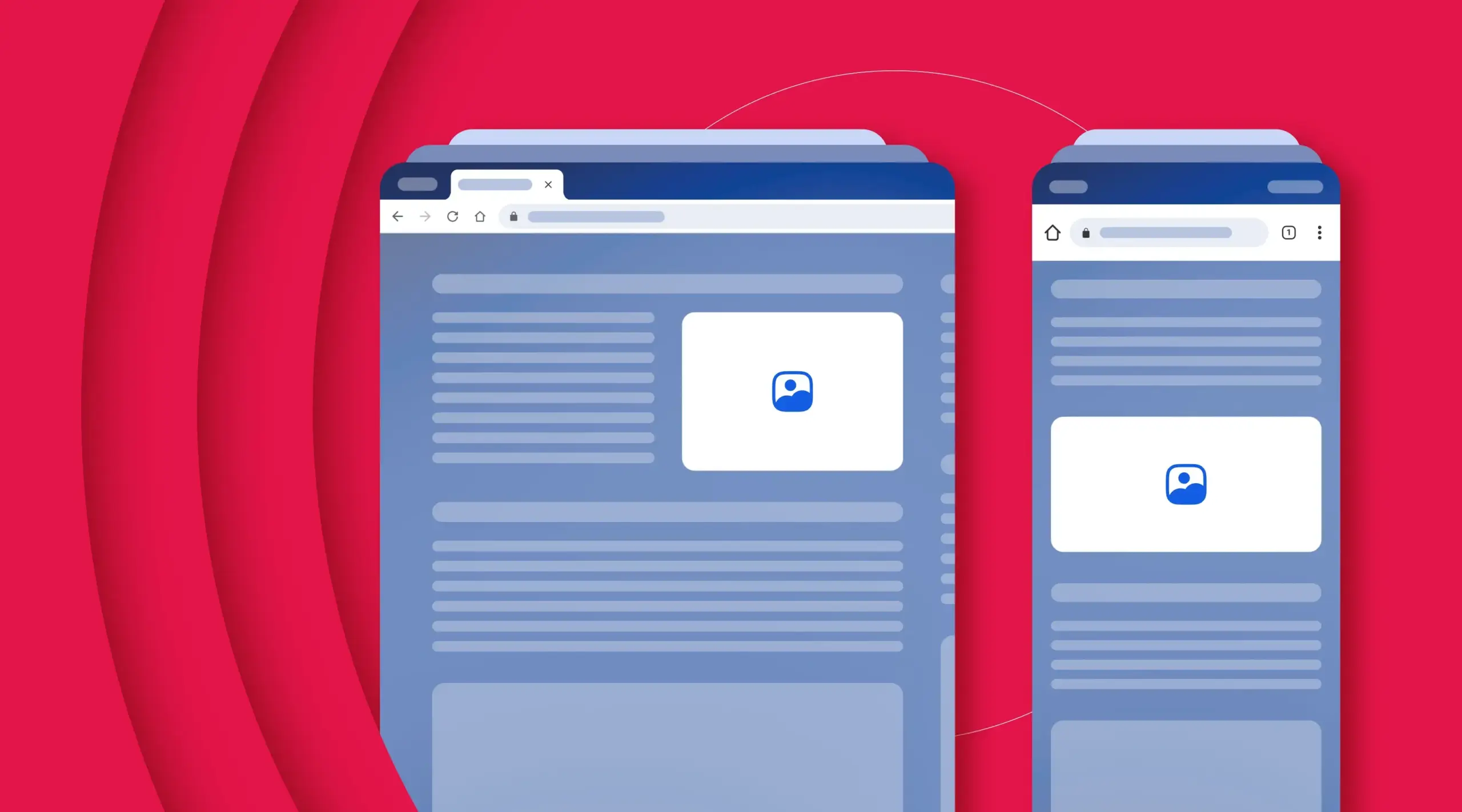
Display banners are one of the most popular advertising formats on the web, enabling brands to increase their visibility and generate traffic efficiently. This guide details everything you need to know to create, distribute and optimize your display campaigns.
- What is a Display banner ad?
- The main Display banner formats
- Advantages and benefits of using Display banners
- Limits and challenges of Display campaigns
- Key steps to launching a successful Display campaign
- How much will a Display banner cost in 2025?
- How do you measure the effectiveness of a Display campaign?
- Complementary alternative: Web Push Notifications from Adrenalead
- 📚 FAQ: answers to frequently asked questions
What is a Display banner ad?
A Display banner ad is a visual digital advertising format displayed on websites, applications or online platforms to promote a brand, product or service. Generally made up of graphic, textual and sometimes interactive elements (animations, videos, clickable buttons), the banner is integrated into the advertising spaces on websites. Quickly attracting the attention of Internet users, this type of advertising is highly appreciated for its ability to convey a clear message.
Banners can appear at the top, sides, bottom or within the content itself. The formats are standardized by the IAB (Interactive Advertising Bureau), making them easy to distribute across a wide range of media.
The main aim of the Display banner is to generate visibility (branding), but also to encourage engagement or click-through, leading to an e-commerce site, newsletter subscription or download. Thanks to programmatic advertising, these banners can be delivered in a targeted way, according to the user’s profile, browsing behavior or geographic location.
The main Display banner formats
- Classic banner: horizontal, ideal for the top of a web page.
- Mega banner: very wide, optimized for better visibility.
- Skyscraper: vertical, placed on the sides of websites.
- Medium Rectangle: central square that effectively attracts clicks.
- Web wrap: covers the entire web page, offering maximum visibility.
- Medium-format rectangle: very popular on the Google Display Network, thanks to its standardized size and proven effectiveness.
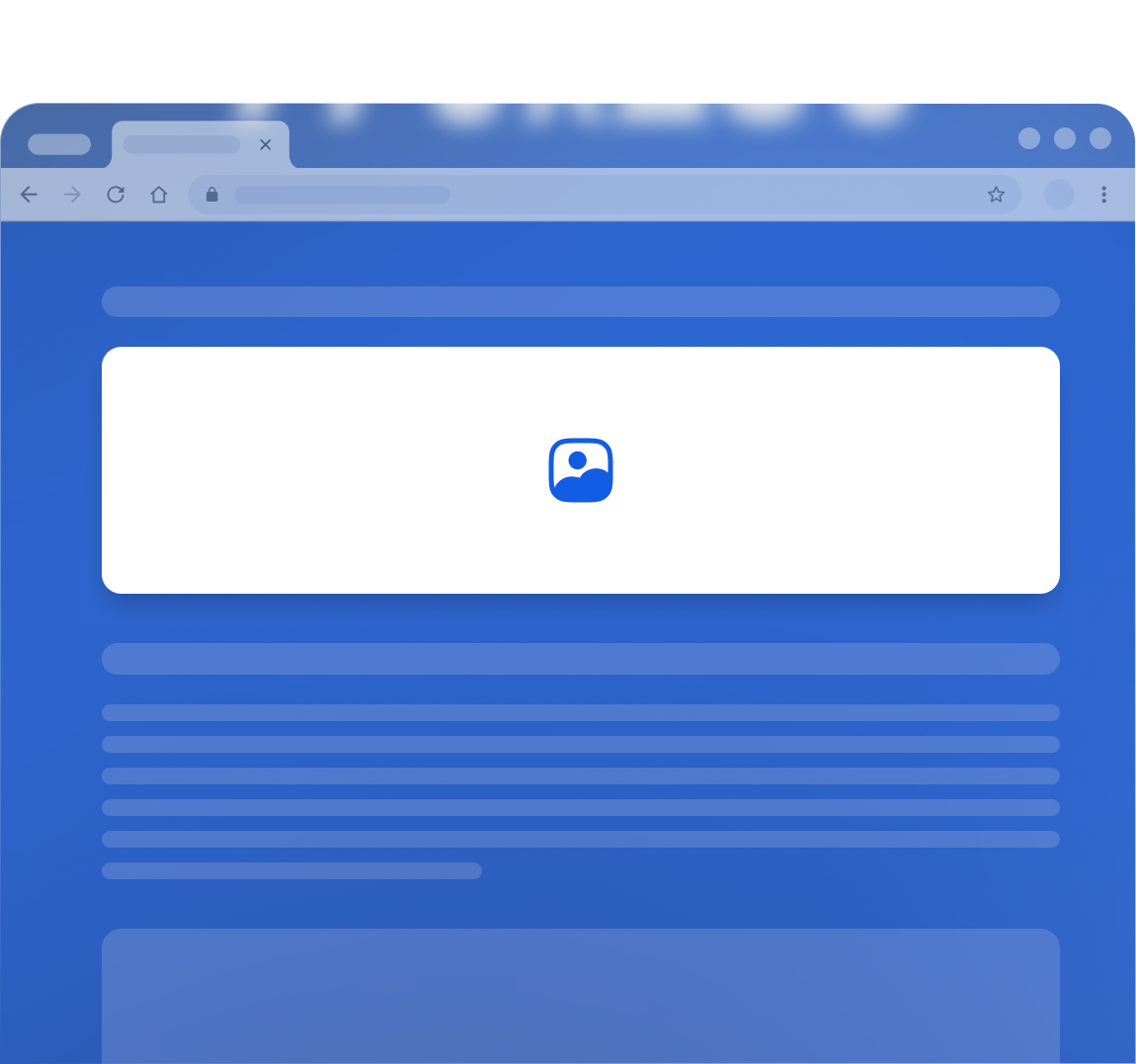
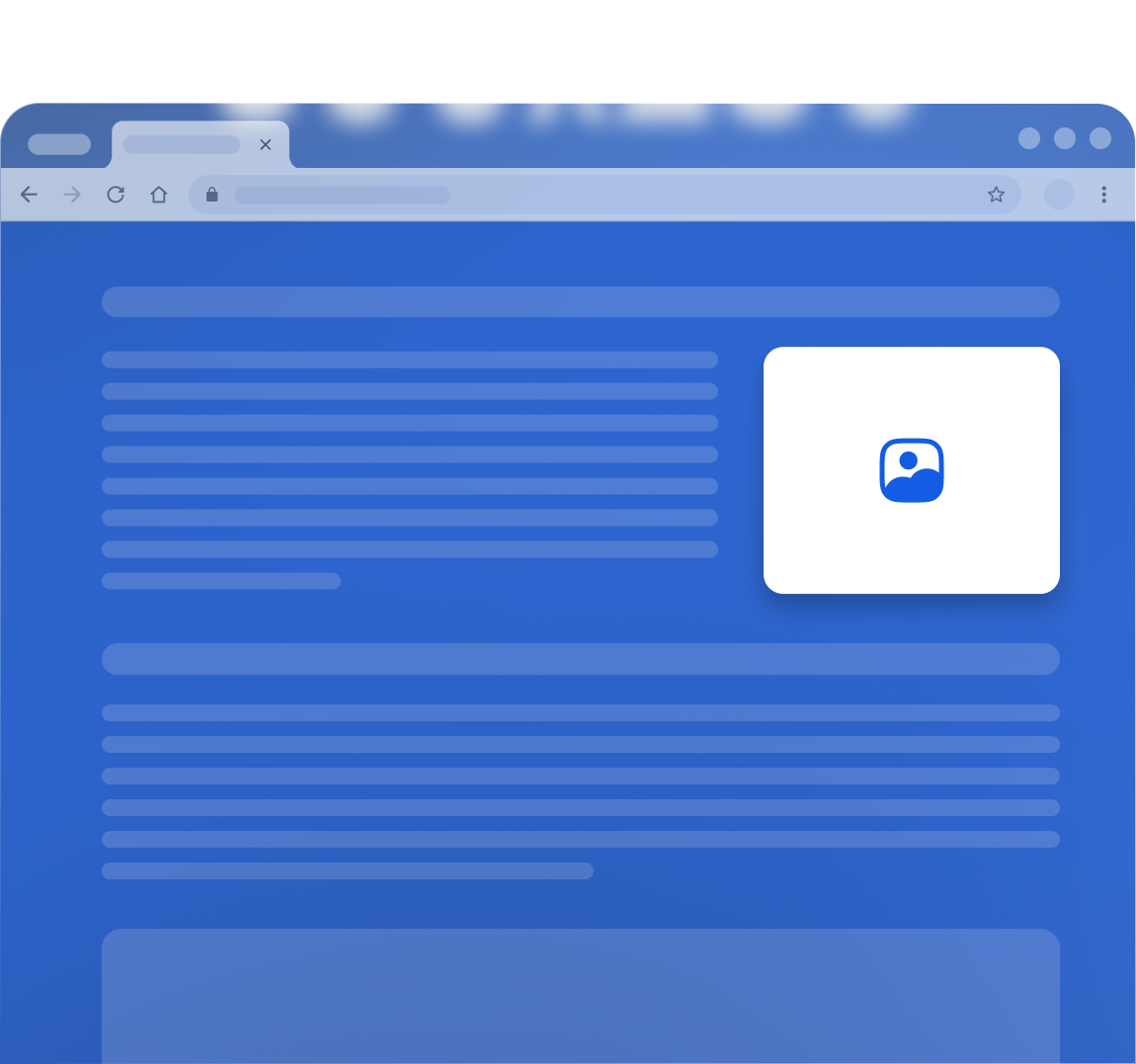
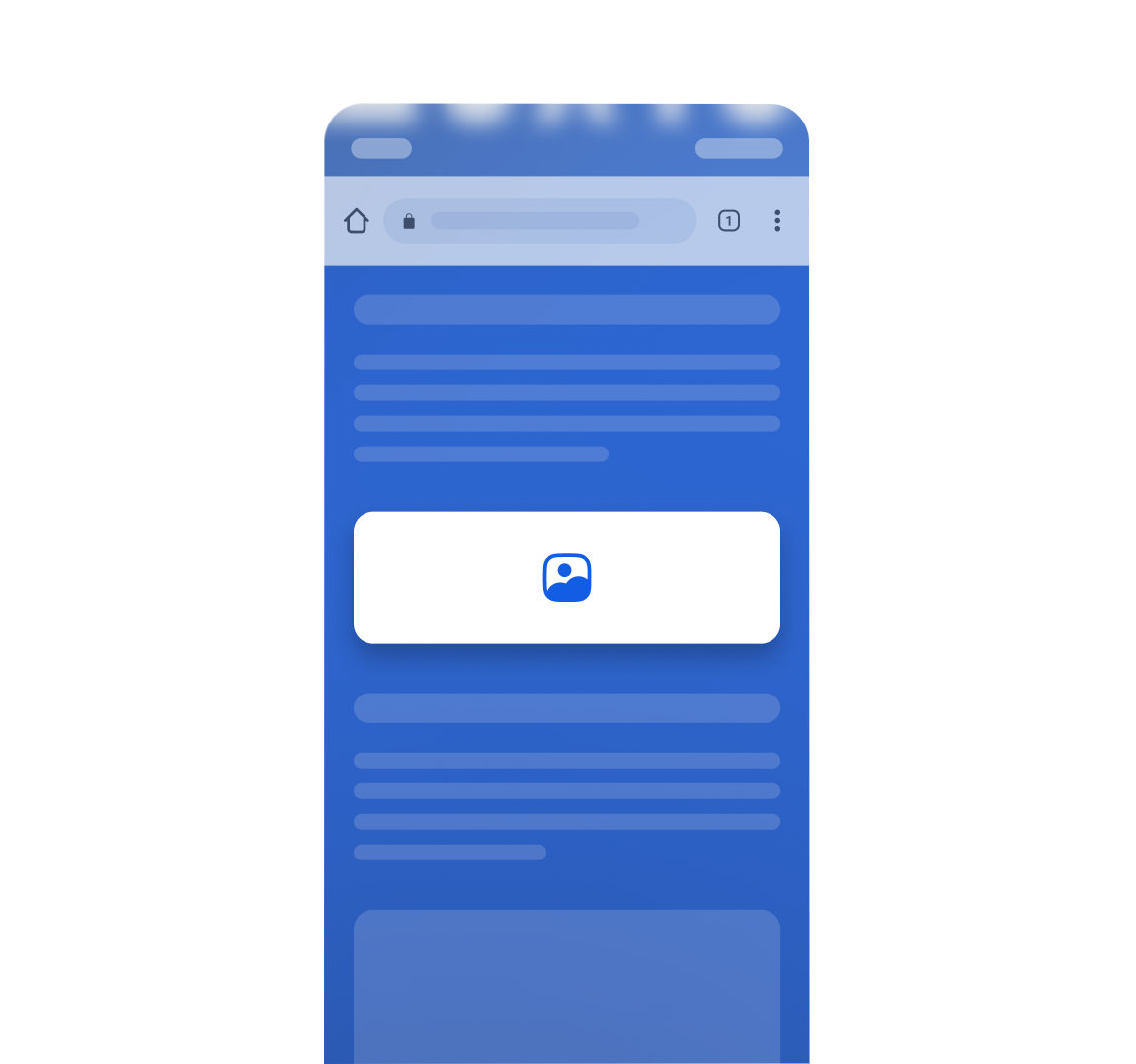
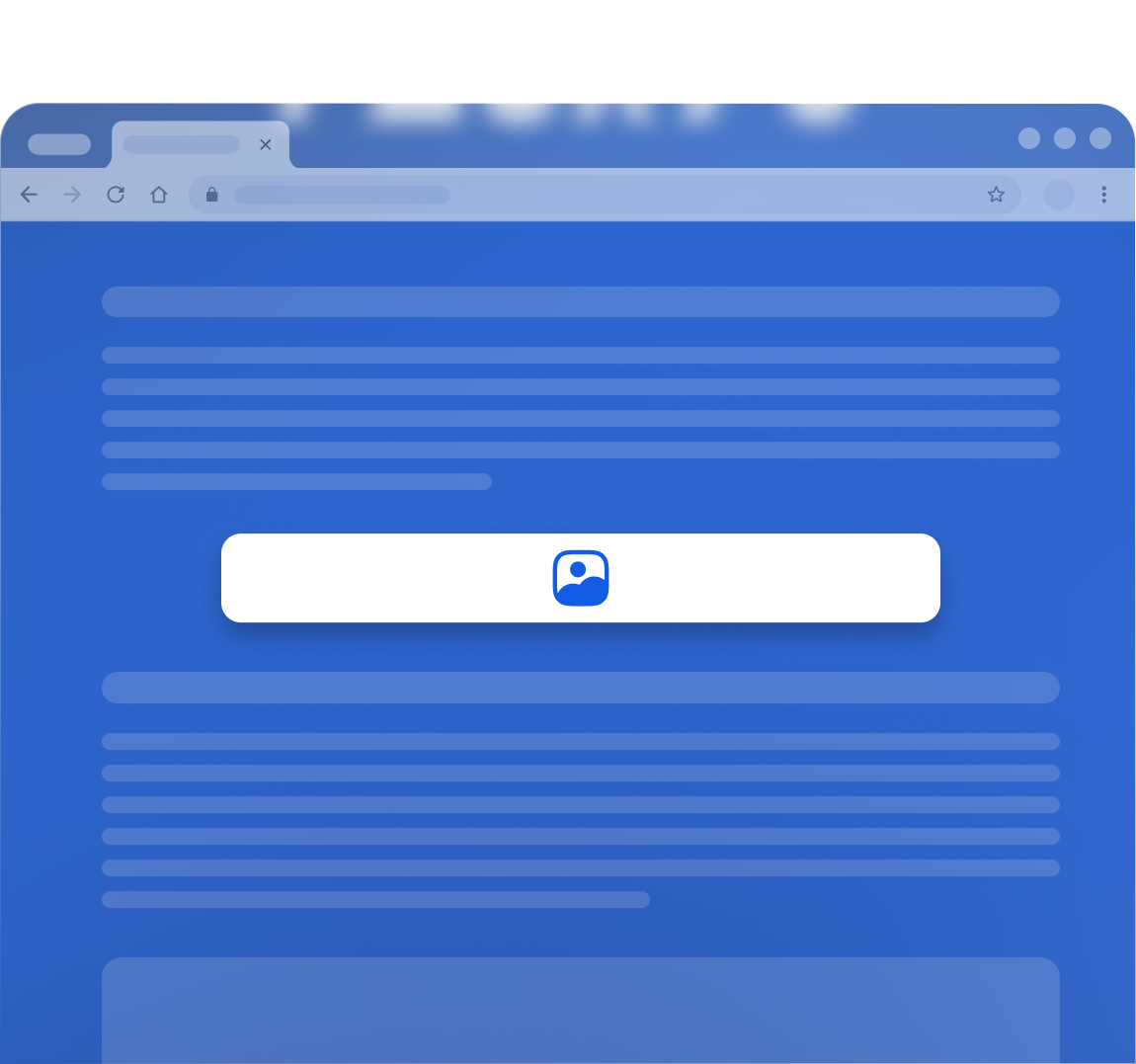
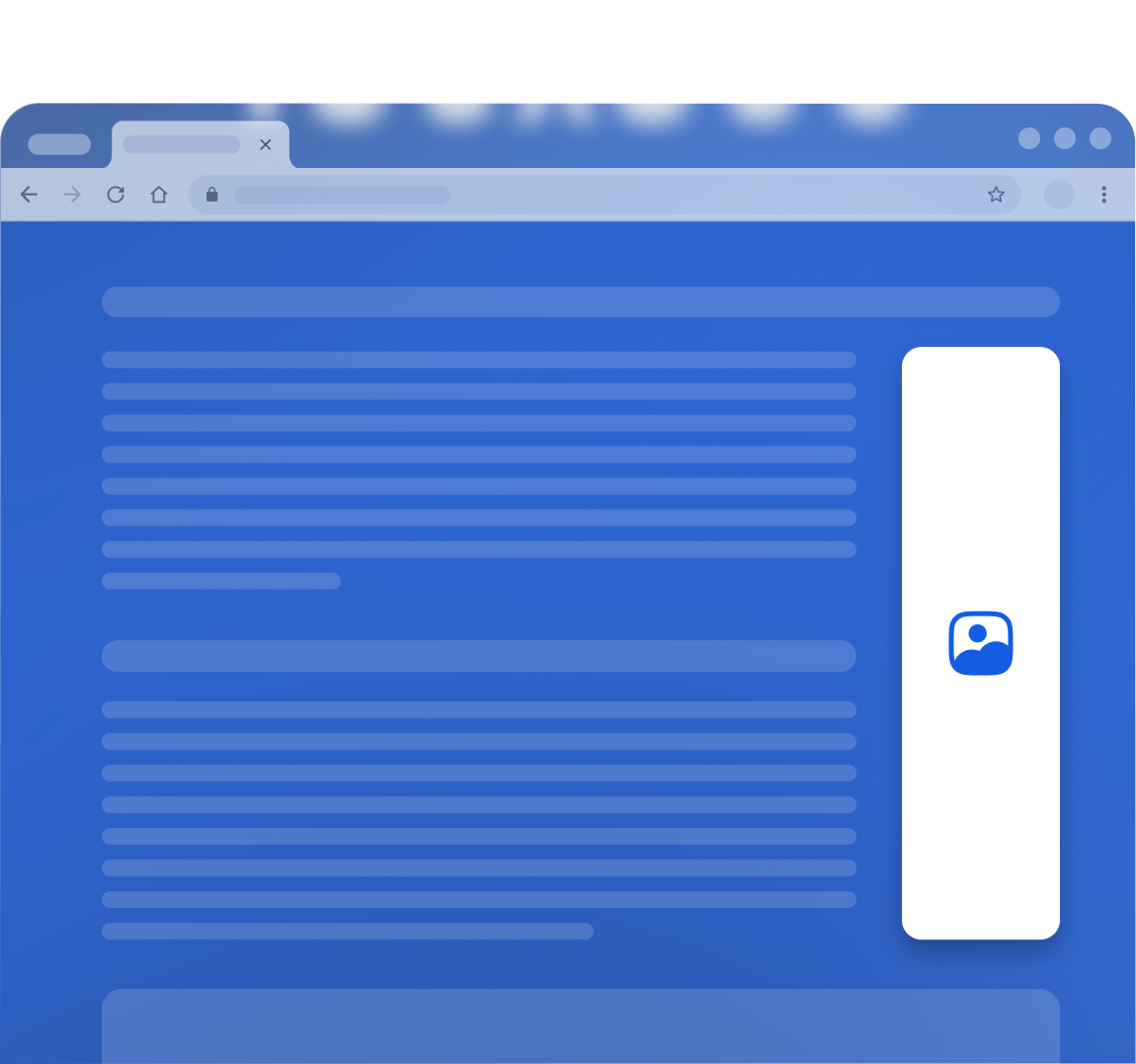
Advantages and benefits of using Display banners
Banner ads offer several key advantages:
- Visibility: Display banners can deliver powerful visual messages to a wide range of websites. They play a key role in building brand awareness, exposing the brand to a targeted audience on a large scale, even if they don’t lead to a click.
- Precise targeting: thanks to programmatic and behavioral data, it’s possible to distribute banners to ultra-targeted audiences: centers of interest, geolocation, purchase intentions, etc. This guarantees greater relevance, and therefore greater profitability. This guarantees greater relevance and therefore better performance.
- Easy to create: static or animated banners are simple to design.
- Cost control and measurable ROI: the cost-per-click (CPC) or cost-per-thousand impressions (CPM ) model enables campaigns to be adapted to different budgets. What’s more, banners enable precise tracking of key indicators (impression rates, clicks, conversions), making it easy to optimize ROI.
- Support for the conversion tunnel: Display banners can be used at different levels of the marketing funnel. They can attract attention, arouse interest or prompt action. They are therefore a versatile tool in a cross-channel strategy.
Limits and challenges of Display campaigns
Despite their advantages, web banners have certain limitations:
- Blocking by adblockers, reducing their effectiveness. In 2025, 42.7% of users were using an ad blocker! The audience that Display banners can really reach is therefore limited.
- “Banner blindness”: more and more Internet users are unconsciously ignoring banner ads, which they perceive as visual noise. This phenomenon of ad fatigue can undermine the real visibility of campaigns, even if they are well placed.
- Difficult to measure direct ROI when visitors don’t immediately click on the ad.
- Often low click-through rates: on average, the CTR (Click-Through Rate) of Display banners remains low, especially for awareness campaigns. This means that direct engagement is limited, unless you use more interactive formats or a well thought-out retargeting strategy.
- Ongoing optimization: the success of a Display campaign depends on ongoing data analysis (A/B testing of visuals, adjustment of audiences, schedules or budget). Without this data-driven approach, performance can quickly falter.
- Risk of distribution on irrelevant sites: with programmatic advertising, impressions can appear on sites of poor quality or not aligned with the brand image, if the parameters are not strictly defined. This can lead to a loss of budget and impact the advertiser’s credibility.
Key steps to launching a successful Display campaign
- Define your marketing strategy: clearly define your objectives (awareness, traffic, sales).
- Identify and segment your target: demographics, interests, behaviors, etc.
- Choose the right format: adapt the size and type of your advertising banner to your target.
- Select a high-performance advertising network.
- Evaluate and adjust your budget, according to the pricing model chosen (CPM, CPC).
- Design your banner: your creation should reflect your brand image, using sharp contrasts. Define a clear, attractive CTA (call-to-action button), accompanied by short, relevant text.
- A/B test: your first creative will probably not be your last! The “test and learn” via A/B testing will enable you to better discern which visuals will trigger an action with your target.
- Measure and optimize: regularly monitor your click-through rate and adapt your strategy on an ongoing basis.
Adrena’tips: remember to limit the number of times your ads are repeated each month! Just enough to condition your message, without tiring your target.
How much will a Display banner cost in 2025?
Costs depend mainly on the pricing model:
- CPM (cost per thousand impressions): suitable for visibility.
- CPC (cost per click): relevant for generating qualified traffic.
On average, the cost per click on the Google Display Network varies between €0.10 and €1, depending on the competition and the quality of display ads. Its average CPM varies between €3 and €4.
How do you measure the effectiveness of a Display campaign?
The key indicators to track are:
- Click-through rate (CTR): percentage of Internet users who click on your banner. This will enable you to assess the relevance of your message, creative and targeting.
- Number of impressions: number of times your banner was displayed to users. This is a visibility indicator, which you should focus on for awareness campaigns.
- Conversions: tracking of actions taken by users after clicking on your ad.
- Time spent on site and bounce rate: this will enable you to assess the quality of traffic generated on your site via your display campaigns. If the bounce rate is high, for example, this may mean that the promise made in the ad is not being fulfilled on your landing page.
There are various tools available for tracking these indicators. Advertising networks generally offer data such as impressions, click-through rates, conversions and acquisition costs. To analyze post-click behavior, tools like Google Analytics allow you to look at the duration of the session generated, the bounce rate, the number of pages visited and conversions.
Complementary alternative: Web Push Notifications from Adrenalead
Web push notifications represent an effective alternative to display banners, particularly for getting around ad blockers, but also advertising fraud and brand safety concerns. Adrenalead, the French Web Push advertising network, has access to over 60 million Internet users, accessible in real time, via geo-targeting or IAB thematic targeting.
📚 FAQ: answers to frequently asked questions
Which advertising network to use for Display banners?
Which Display banner formats are most effective?
How can I get around ad blockers?
Display banner or native advertising?
Display banner ads remain a web marketing staple for their effectiveness in capturing attention and generating conversions. With the right design, relevant content and an attractive image, they can considerably improve user engagement, especially on mobile. To further optimize your strategy, don’t hesitate to integrate high-performance alternatives like Adrenalead’s Web Push, which will perfectly complement your marketing efforts.


